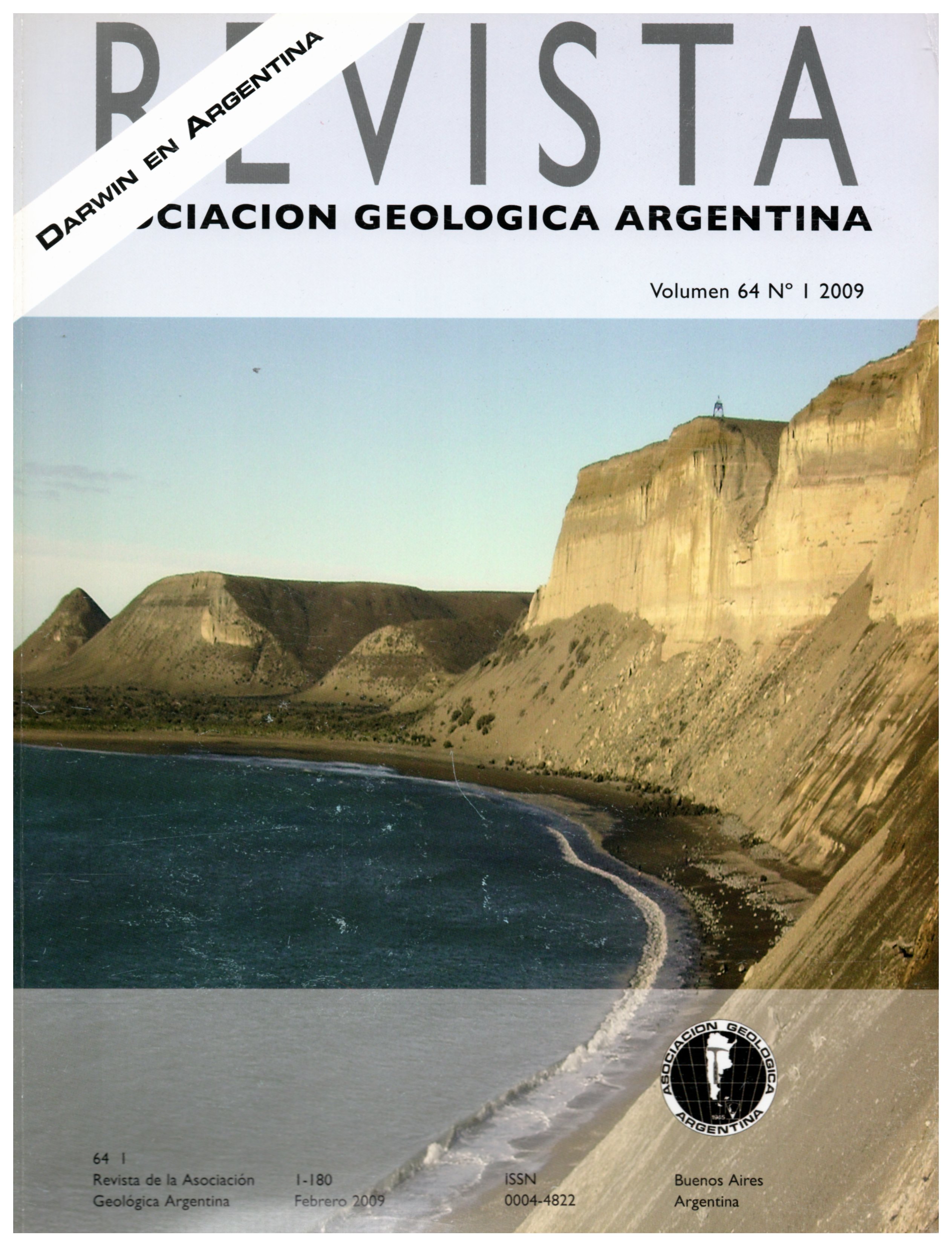From Buenos Aires to Santa Fe: Darwin's observations and modern knowledge.
Main Article Content
Abstract
During his historical voyage around the world, Darwin raided deeply in the South American interior, travelling over 600 kilometers from Buenos Aires to the north along the Río Paraná. During that journey, he crossed a vast plain characterized by aeolian sediments, something unfamiliar to a European naturalist. However, Darwin's acute observation powers and precise descriptions are noteworthy. After more than 170 years since his visit, modern geological knowledge identifies several sectors in the Buenos Aires-Santa Fe region. One of them (the Tertiary at La Bajada) he described admirably and others such as the Paraná flood plain were brilliantly abstracted in only two sentences. In short, Darwin traversed a first sector (Buenos Aires-Rosario) characterized by aeolian and paludal Early Pleistocene sediments. From Rosario to Santa Fe the plain is formed by Late Pleistocene aeolian and fluvial units. At La Bajada (presently Paraná city) lies exposed the marine Miocene and in SW Entre Ríos is a reconstructed loess-paleosol sequence generated at the Early/Middle Pleistocene transition. The Paraná flood plain and the littoral complex at the mouth (practically not observed by Darwin) underwent rather complex Holocene episodes.
Article Details

This work is licensed under a Creative Commons Attribution-NonCommercial 4.0 International License.
Nota de copyright
Los autores conservan los derechos de autor y garantizan a la revista el derecho de ser la primera publicación del trabajo licenciado según una licencia de atribución Creative Commons que permite a otros compartir el trabajo con el reconocimiento de la autoría y de la publicación en la que se publicó por primera vez.
Declaración de privacidad
Los nombres y direcciones de correo electrónico introducidos en esta revista se usarán exclusivamente para los fines declarados por esta revista y no estarán disponibles para ningún otro propósito u otra persona.

